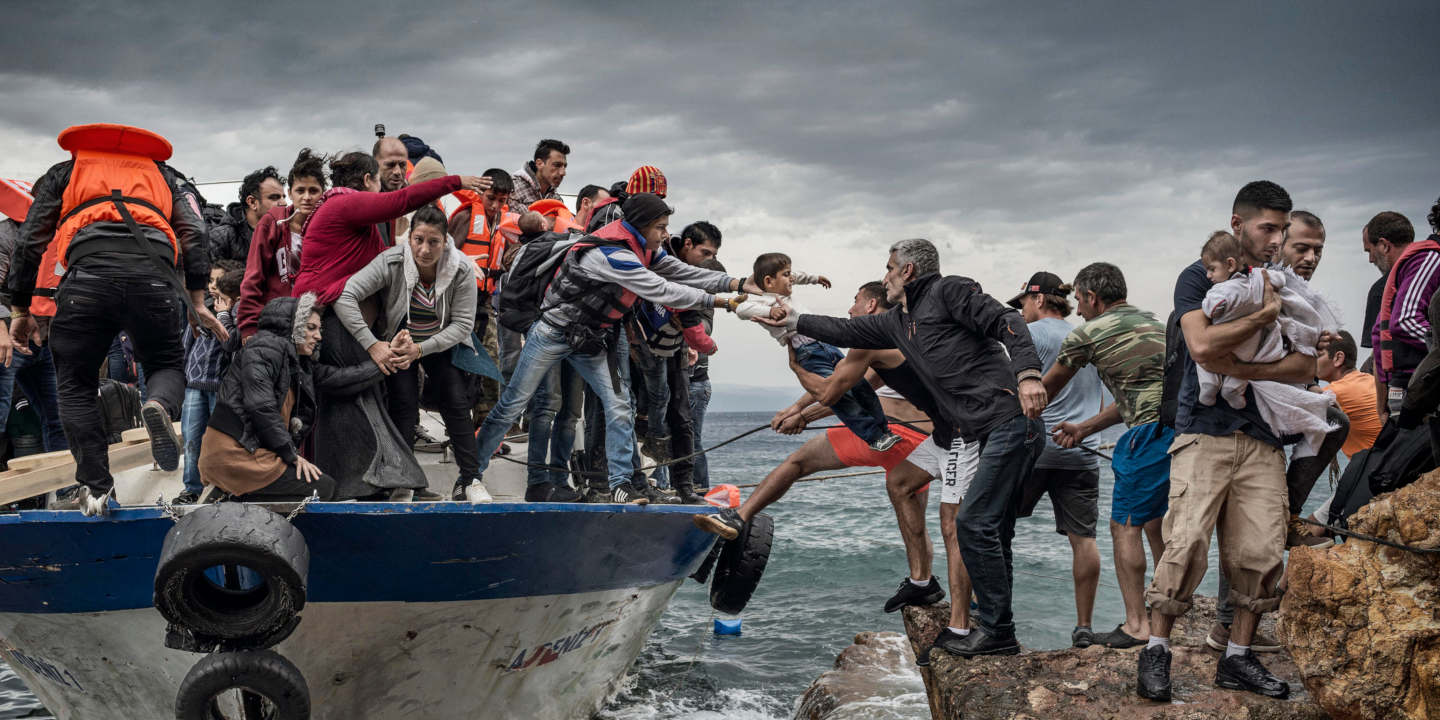
A new spectre is haunting Germany: the aftermath of the 2015 refugee crisis. Six years after Chancellor Angela Merkel’s decision to welcome more than one million refugees during the European migrant crisis, the news of the Taliban’s take-over in Afghanistan has revived popular fears of a potential mass migration movement coming toward Germany. Currently trailing in the election polls, Merkel’s Christian Democratic Union (CDU) is trying to capitalize off of this public alarm by displaying a hardline stance on immigration.
Some context
On September 26, German voters will go to the polls to elect a new Bundestag, the country’s lower chamber. These elections will mark the end of incumbent chancellor Angela Merkel’s sixteen-year term, the second longest in the history of the Federal Republic of Germany. Her party’s designated successor, conservative Armin Laschet, has been struggling to convince voters — he recently fell behind centre-left candidate Olaf Scholz in opinion polls. Scholz’s rise in the polls has been mainly attributed to his opponents’ missteps; while the Green candidate Annalena Baerbock faced allegations of plagiarism and resumé inflation during last June, Laschet came under scrutiny following accusations of inappropriate behaviour during his visit to a flood-stricken town in July.
With the recent Taliban take-over in Afghanistan and the possibility of a new wave of asylum-seekers making its way to Europe, Laschet is now trying to avoid losing any further support within the voter base of the CDU to the far-right. In recent weeks, the CDU has adjusted its stance on immigration to appeal to more conservative voters.
The 2015 refugee crisis
One of the most memorable episodes of Merkel’s term was her willingness to welcome more than one million refugees into the country during the 2015 crisis. While her decision was applauded internationally, the domestic backlash it received eroded some of her political capital at home and contributed to the rise of the far-right party “Alternative for Germany” (AfD). In fact, many AfD voters shifted over from the right-wing faction of Merkel’s CDU party. Supporters of the far-right party claimed that the Chancellor’s welcoming asylum policy had drastically failed, pointing to the disproportionate involvement of immigrants in violent crimes — a rate which is inflated by the fact that most of the recently accepted refugees are young men, who tend to be more frequently involved in such offenses. In addition, Merkel also had to face criticism from within her political circle, particularly from the Christian Social Union in Bavaria (CSU), one of the two affiliate parties that make up the CDU/CSU political union.
With the Taliban’s swift takeover of Afghanistan, the CDU now fears that public concern over a new refugee crisis could once again play into the hands of the AfD. The latest strategy of Laschet’s campaign has been to reassure its electorate that his party will not pursue Merkel’s 2015 immigration policy. “The mistakes of 2015 must not be repeated,” announced the candidate on August 16th. “We won’t be able to solve the Afghanistan question through migration to Germany,” added CDU general secretary Paul Ziemack. According to Laschet, the government’s focus should be on humanitarian assistance for the refugee camps of Afghanistan’s neighbouring countries.
A “second 2015” ?
While the number of refugees flowing out of Afghanistan is indeed considerable, with more than 550,000 Afghans having been displaced between January and July, politicians’ comparison of current events with the refugee crisis of 2015 can be seen as nothing more than an attention-grabbing political stunt. “The narrative of a mass migration movement to Europe has very little to do with reality,” says UNHCR spokesperson Shabia Mantoo. “People have fled the war and instability in Afghanistan for decades. So far, 90 per cent of Afghan refugees have stayed in Iran and Pakistan,” she explains.
In fact, the 2015 migration crisis in Europe was mainly enabled by relatively open borders, which allowed them to move somewhat freely from Syria, to Turkey, to the Balkans, and finally into Germany. The situation of today’s crisis is completely different. Leaving Afghanistan has become increasingly difficult for those seeking refuge as the Taliban have taken control of almost every border passage. Turkey and Greece, the two main points of entry into Europe during the 2015 crisis, have already announced that refugees will systematically be sent back to neighbouring countries. Both countries have also accelerated the fortification of their borders: while Greece just finished the extension of a 40 kilometres long border wall on its frontier, Turkey is currently building a three metres tall, 155 kilometres long wall at the Turkish-Iranian border.
Reassuring the right-wing electorate
With the low prospects of a migrant crisis like the one of 2015, the CDU’s emphasis on protecting Germany against a mass migration movement mainly highlights the party’s reluctance to appear ‘soft’ in issues of migration. However, this trend is not unique to Germany. In his first televised address following the Taliban takeover, President Emmanuel Macron emphasized that France must “protect itself from a wave of migrants,” a statement which was heavily criticized for pandering to the far-right in view of France’s upcoming presidential election in 2022. In fact, the French President is head-to-head in the polls with staunchly anti-immigration candidate Marine Le Pen.
Whether Macron and Laschet’s gamble to shift their stance on immigration is going to pay off will only be seen after the elections. What remains clear however, is that both the CDU’s emphasis on avoiding a second 2015 refugee crisis in Germany and Macron’s announcement in France highlight the growing influence of reactionary, anti-immigration parties on both countries’ domestic politics.
Edited by Valeria Lau
The opinions expressed in this article are solely those of the author and they do not reflect the position of the McGill Journal of Political Studies or the Political Science Students’ Association.
Photo via Jim Forest and obtained via Flickr under a CC BY-NC-ND 2.0 license